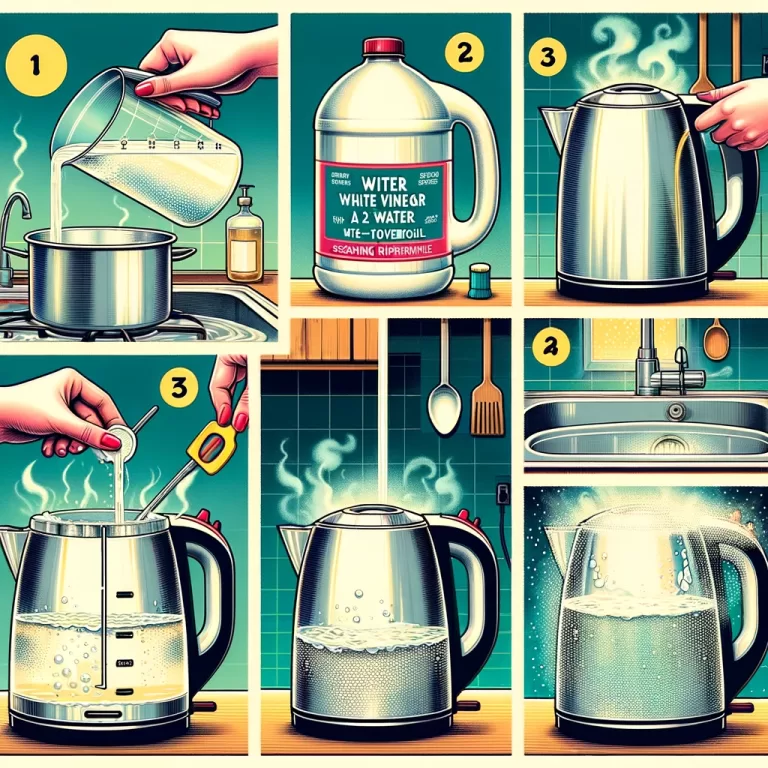How to Hang Sawtooth Hanger: What Tools to Use and How Much Weight They Hold
Hanging artwork, frames, or mirrors with a sawtooth hanger may seem simple, but without proper knowledge, mistakes can lead to damage or accidents. In this guide, we’ll explore not only how to hang a sawtooth hanger, but also the tools needed, step-by-step instructions, common mistakes to avoid, and even advanced tips for those looking for professional results.

What Is a Sawtooth Hanger?
A sawtooth hanger is a small, metal hardware piece attached to the back of a picture frame or similar item, designed to help hang it on a wall. It gets its name from its saw-like teeth, which provide grip when mounted. The beauty of a sawtooth hanger lies in its simplicity—it’s a preferred choice for many DIY enthusiasts and professionals because it doesn’t require complex installation or tools.
Sawtooth hangers can be made from various materials, such as zinc-plated steel or brass, and are ideal for small to medium-sized objects, particularly frames weighing less than 25 pounds.
How to Hang a Sawtooth Hanger: Step-by-Step Guide
If you’ve been wondering how to hang a sawtooth hanger, you’re in the right place. Whether you’re a beginner or an experienced DIYer, this guide will ensure you do it correctly.
1. Prepare the Necessary Tools and Materials
Before getting started, make sure you have everything you need. Common tools and materials include:
- Sawtooth hanger (which usually comes with nails or screws)
- Hammer or screwdriver
- Measuring tape
- Level (to ensure the frame is straight)
- Pencil for marking the wall
- Nail or wall hook
These tools will ensure a clean, professional-looking result and avoid damaging your wall.
2. Attach the Sawtooth Hanger to the Frame
The first step to hanging a sawtooth hanger is to attach it securely to the back of your frame. Here’s how:
- Measure the center: Using a measuring tape, find the exact center of the frame along the top edge where you want to attach the hanger. This ensures your frame will be balanced when hung.
- Mark the spot: Use a pencil to mark the exact point where you’ll place the hanger.
- Position the hanger: Hold the sawtooth hanger against the back of the frame, with the teeth facing down.
- Insert nails or screws: Carefully hammer in the provided nails or screws into the pre-drilled holes of the sawtooth hanger. Be sure the hanger is positioned evenly to avoid a crooked frame.
3. Mark the Wall
Once the hanger is attached to the frame, it’s time to prepare the wall:
- Choose your location: Decide where you want to hang your picture or frame. Use your tape measure to determine the perfect height—eye level is usually ideal for artwork.
- Mark the spot: Hold your frame against the wall and lightly mark where the sawtooth hanger will rest. Some people find it helpful to use painter’s tape to visualize the space before committing to a spot.
- Use a level: To ensure the picture will hang straight, use a level to adjust the position.
4. Install the Wall Hook or Nail
Depending on the weight of your frame and the type of wall, you can choose between different hanging methods:
- For lighter frames, a simple nail may suffice. Hammer the nail into the wall at the marked spot, leaving a portion exposed so the hanger can grip it.
- For heavier items, you may need to install a wall hook or even a drywall anchor. This ensures the weight of the frame won’t pull the nail out of the wall.
5. Hang the Frame
Carefully lift the frame and align the sawtooth hanger with the nail or hook on the wall. Once hung, use the level again to make sure everything is aligned.
How Much Weight Can a Sawtooth Hanger Hold?

One common question is how much weight a sawtooth hanger can support. Typically, standard sawtooth hangers can support between 5 and 25 pounds, but the exact limit depends on the material and size of the hanger, as well as the strength of the nails used to attach it.
For heavier items, consider using two hangers for additional support or opting for a more heavy-duty hanging system like D-rings or wire.
Why Use a Sawtooth Hanger?
There are several reasons to choose a sawtooth hanger for your hanging needs:
- Ease of installation: Sawtooth hangers are beginner-friendly, making them an excellent choice for people without experience in DIY projects.
- Low visibility: The hanger remains hidden behind the frame, giving your artwork or picture a clean, professional appearance.
- Versatility: Sawtooth hangers work well on various materials, including wood, metal, and plastic frames.
- Cost-effective: They are affordable and widely available at hardware stores or online.
Sawtooth hangers are ideal for lightweight projects, but for heavier artwork, you might want to consider alternatives for extra security.
Where to Use Sawtooth Hangers
You can use sawtooth hangers for a variety of items, including:
- Picture frames: Sawtooth hangers are most commonly used for hanging small to medium-sized frames.
- Art prints: Lightweight canvases or art prints can be easily mounted with sawtooth hangers.
- Mirrors: For small decorative mirrors, sawtooth hangers provide adequate support.
- Wall décor: Other light home décor items like small clocks or decorative signs can also be mounted using these hangers.
In situations where the frame or item is lightweight and doesn’t need heavy-duty support, sawtooth hangers are a perfect solution.
Common Mistakes to Avoid When Using Sawtooth Hangers

Even though sawtooth hangers are easy to use, there are some common mistakes to watch out for:
1. Using the Wrong Nail Size
Ensure you use nails that are neither too long (which may damage the wall or stick out) nor too short (which might not hold the frame securely). Check the packaging or consult with the store where you purchased your hanger.
2. Overloading the Hanger
Always check the weight limit of the hanger. If your frame exceeds the weight capacity, it could cause the nail to pull out of the wall, damaging both your frame and wall.
3. Not Centering the Hanger Properly
If the sawtooth hanger is not centered on the frame, your picture will likely hang crookedly. This can be particularly frustrating when trying to hang multiple pieces in a straight line.
4. Skipping the Level
Don’t rely on your eye alone to determine if the picture is straight. A small level will ensure that the frame is perfectly aligned.
Advanced Tips for Professionals

For those seeking professional-quality results, here are some advanced tips for working with sawtooth hangers:
1. Double Sawtooth Hangers for Larger Frames
For wider frames, using two sawtooth hangers evenly spaced along the top can provide more stability and prevent shifting over time.
2. Add Felt Pads to Protect the Wall
Adding felt pads to the corners of the frame can protect the wall from scuffs and prevent the frame from shifting, especially if you live in a high-traffic area where vibrations might cause the picture to move.
3. Use a Mounting Template
For perfectly aligned artwork, especially in gallery walls or multi-piece installations, use a mounting template. Templates ensure that all frames are at an identical height and distance, creating a polished and symmetrical display.
Conclusion
How to hang a sawtooth hanger may seem like a simple task, but as this guide has shown, there are important considerations to ensure success. By following the steps above, avoiding common mistakes, and applying advanced tips, you can confidently hang your frames, mirrors, and other wall décor securely and professionally.
Whether you are hanging a single picture in your living room or creating an entire gallery wall, sawtooth hangers provide an effective and affordable solution for displaying your items beautifully.
For more insights into home improvement projects, consider consulting trusted sources like DIY Network, Better Homes & Gardens, or This Old House. These platforms provide detailed, research-based advice on DIY home décor projects and are recognized for their authority in the industry.




